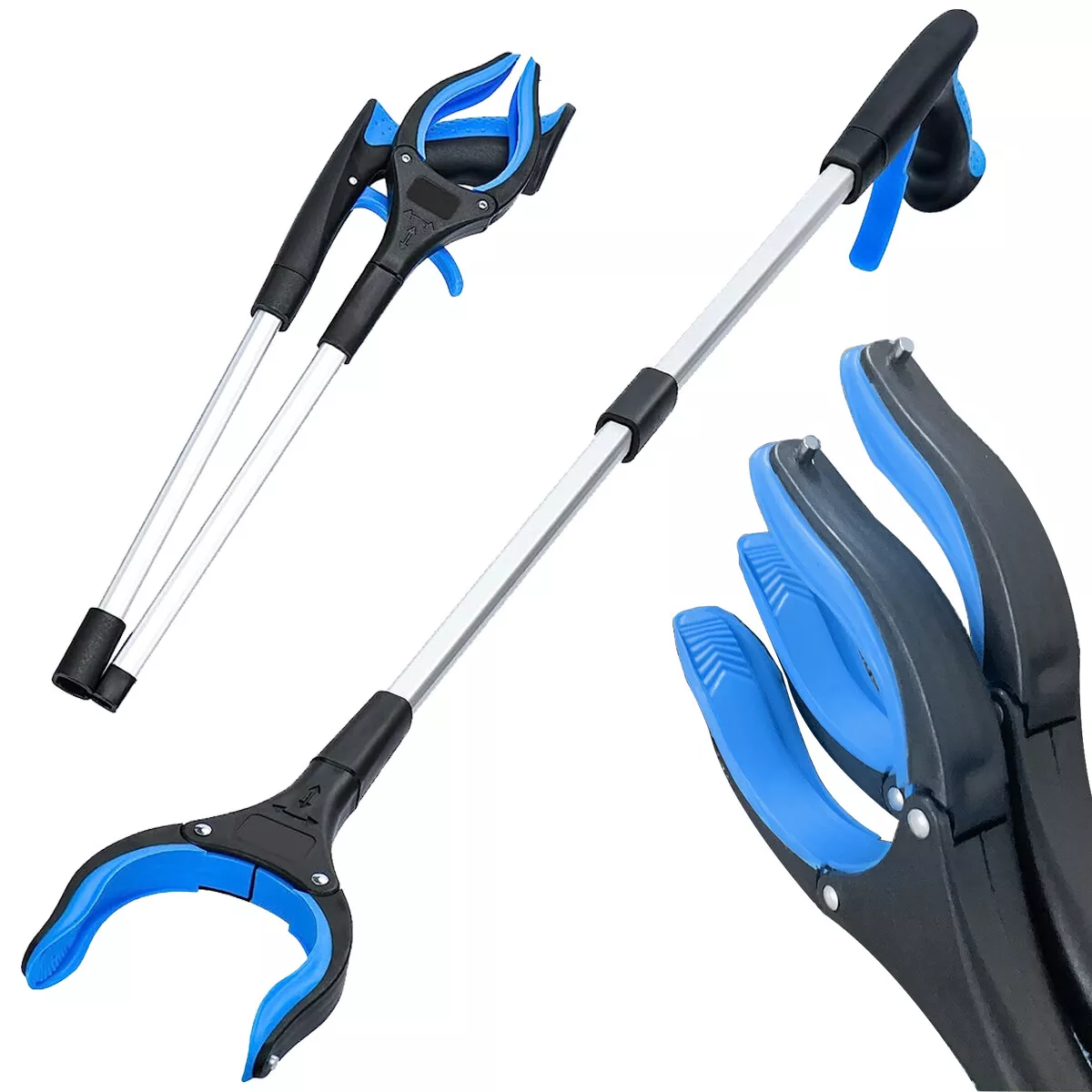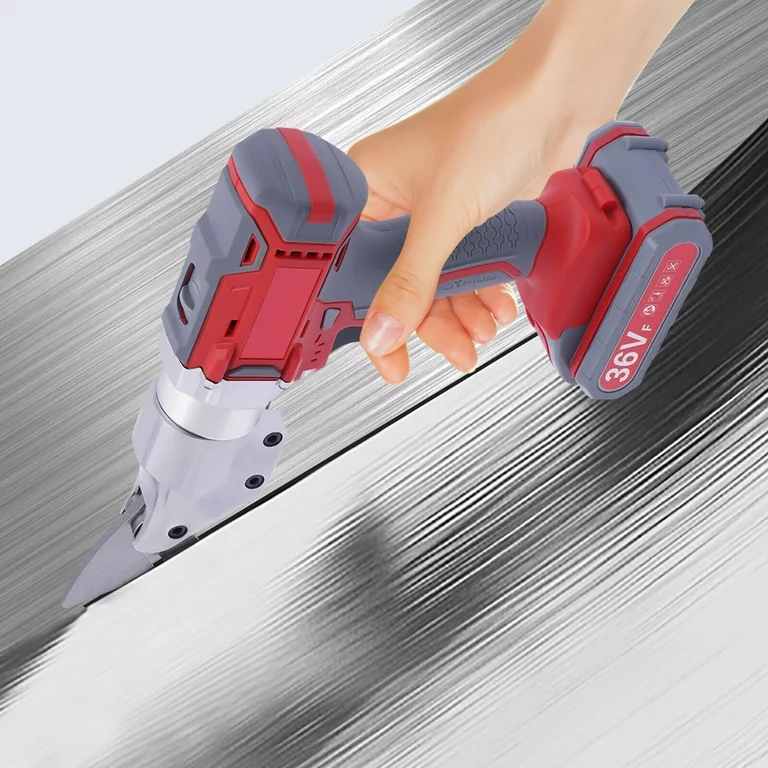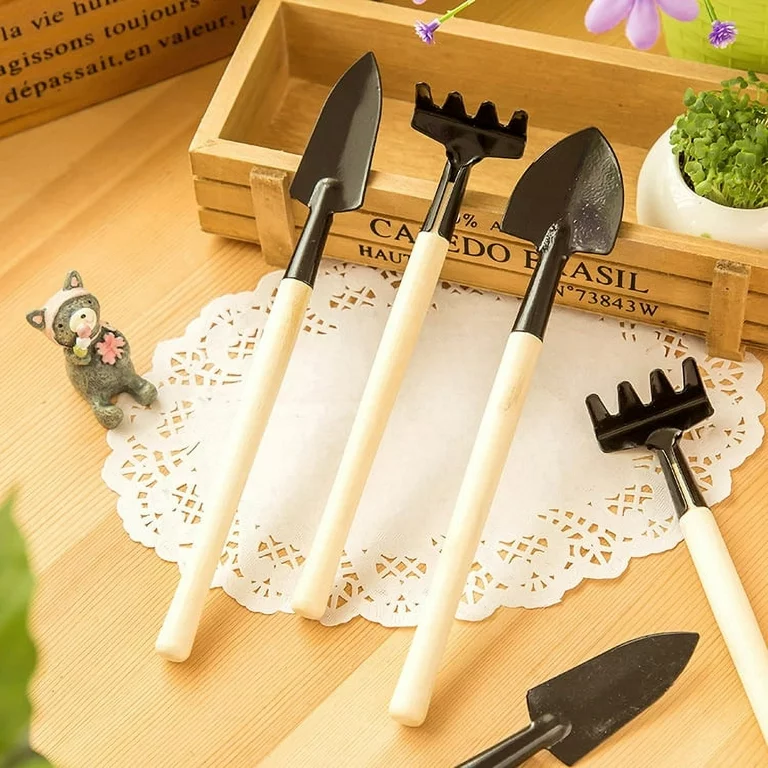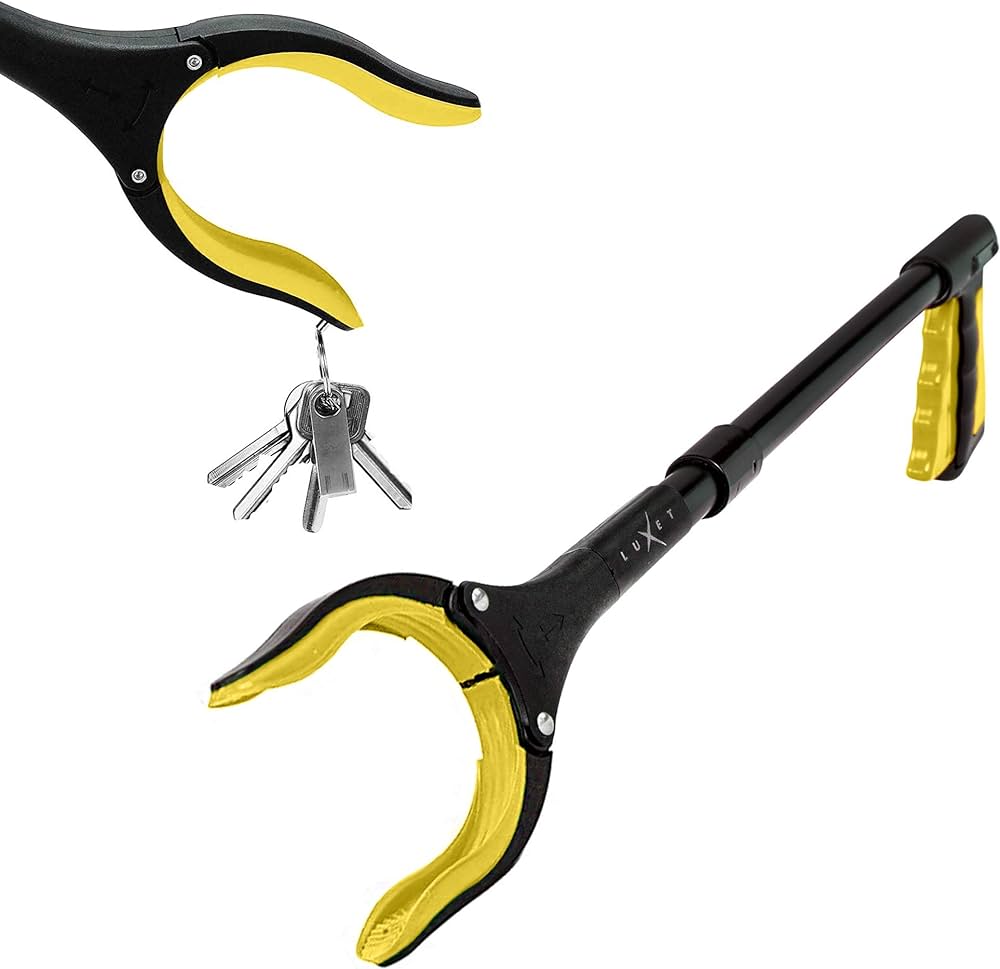
The Benefits of Hand Grabber Tool for Easy Object Retrieval
Hand Grabber Tools: Extending Your Reach
Hand grabber tools revolutionize how people interact with hard-to-reach objects. These ingenious devices extend human reach and capabilities. From assisting the elderly to aiding in industrial settings, grabber tools prove invaluable. Understanding their types, uses, and benefits can enhance daily life and work efficiency. Discover the world of hand grabber tool and how they can simplify tasks.
What Are Hand Grabber Tools?
Hand grabber tools, also known as reacher grabbers or pick-up tools, serve as extensions of the human arm. These devices typically feature a long shaft with a gripping mechanism at one end and a handle at the other. Users operate the gripper through a trigger mechanism on the handle. Grabber tools come in various lengths, usually ranging from 24 to 40 inches. They can pick up objects weighing anywhere from a few ounces to several pounds, depending on the model. Many designs incorporate rotating heads for versatile gripping angles. Materials used in construction include lightweight aluminum, durable plastic, or a combination of both. Some advanced models even feature folding designs for easy storage and portability.
Applications and Uses of Hand Grabber Tools
Hand grabber tools find applications in numerous settings, both personal and professional. In home environments, they help individuals with limited mobility reach high shelves or pick up dropped items. Gardeners use them to pluck fruits or remove debris without bending or stretching. In industrial settings, workers employ grabbers to retrieve items from tight spaces or hazardous areas. Janitorial staff utilize these tools for litter collection and general cleaning tasks. Retail employees often use grabbers to arrange high displays or retrieve stock from upper shelves. In healthcare, grabbers assist patients in maintaining independence during recovery. Environmental workers find them useful for safe handling of potentially contaminated items. The versatility of hand grabber tools makes them indispensable across various fields and situations.
Choosing the Right Hand Grabber Tool
Selecting the appropriate hand grabber tool depends on several factors. Consider the primary intended use of the tool. Assess the weight and size of objects typically handled. Evaluate the required reach length for specific tasks. Look at the gripping mechanism and its suitability for target objects. Check the tool’s weight and ergonomics for comfortable extended use. Consider additional features like rotating heads or foldable designs. Examine the durability and material quality for long-term use. For professional settings, consider tools rated for specific industry standards. Review user feedback and professional reviews for real-world performance insights. Balance the features against budget constraints to find the best value. Remember that investing in a quality grabber tool can significantly improve efficiency and safety in various tasks.
Proper Use and Maintenance of Hand Grabber Tools
Using hand grabber tools effectively requires proper technique and care. Always inspect the tool before use to ensure all parts function correctly. Grip the handle firmly and operate the trigger smoothly to avoid sudden movements. Position the grabber’s jaws around the object, ensuring a secure grip before lifting. Avoid exceeding the tool’s weight capacity to prevent damage or accidents. For overhead reaching, use a stable platform and maintain proper body balance. Clean the grabber regularly, especially the gripping mechanism, to maintain optimal performance. Store the tool in a dry place to prevent rust or deterioration. For folding models, ensure the locking mechanism engages fully when extended. Replace worn parts promptly to maintain the tool’s effectiveness and safety. With proper use and maintenance, hand tools can provide years of reliable service.
Ergonomics and Design Considerations in Hand Grabber Tools
Ergonomics plays a crucial role in hand grabber tool design. Handles feature contours that fit comfortably in the hand. Trigger mechanisms require minimal force to reduce hand fatigue. Weight distribution along the shaft enhances balance and control. Some models offer adjustable length to suit different users and tasks. Grip surfaces often incorporate non-slip materials for secure handling. Rotating heads allow users to maintain a natural wrist position while gripping. Color-coding on certain parts improves visibility and ease of use. Designers consider the needs of users with limited hand strength or dexterity. Ergonomic improvements continue to make grabber tools more accessible and efficient. Well-designed grabbers reduce the risk of strain or injury during prolonged use.
Hand Grabber Tools in Professional Settings
Professional environments heavily rely on specialized hand grabber tools. Manufacturing plants use heavy-duty grabbers for handling materials in tight spaces. Warehouse operations employ long-reach grabbers for inventory management. Construction sites utilize grabbers for retrieving tools or materials at heights. Automotive repair shops use magnetic grabbers to retrieve dropped parts. Laboratories depend on precision grabbers for handling sensitive equipment or samples. Shipping and logistics centers use grabbers for package handling and sorting. Many industries customize grabber tools for specific tasks or environments. Professional-grade grabbers often feature enhanced durability and safety features. Training programs often include proper use of grabber tools in workplace safety protocols. The right grabber tool can significantly improve workplace efficiency and safety.
Safety Considerations When Using Hand Grabber Tools
Safety remains paramount when utilizing hand grabber tools. Always inspect tools for damage or wear before each use. Ensure the gripping mechanism functions properly to prevent dropped objects. Use grabbers within their specified weight limits to avoid overloading. Maintain proper body positioning and balance when reaching with the tool. Be aware of surroundings to avoid knocking over objects or hitting others. In industrial settings, follow all safety protocols and wear appropriate protective gear. Avoid using grabbers to handle sharp, very hot, or potentially hazardous materials without proper precautions. Keep fingers clear of the gripping mechanism during operation. Store grabbers securely to prevent tripping hazards. Regular safety training can help prevent accidents and injuries related to grabber tool use.
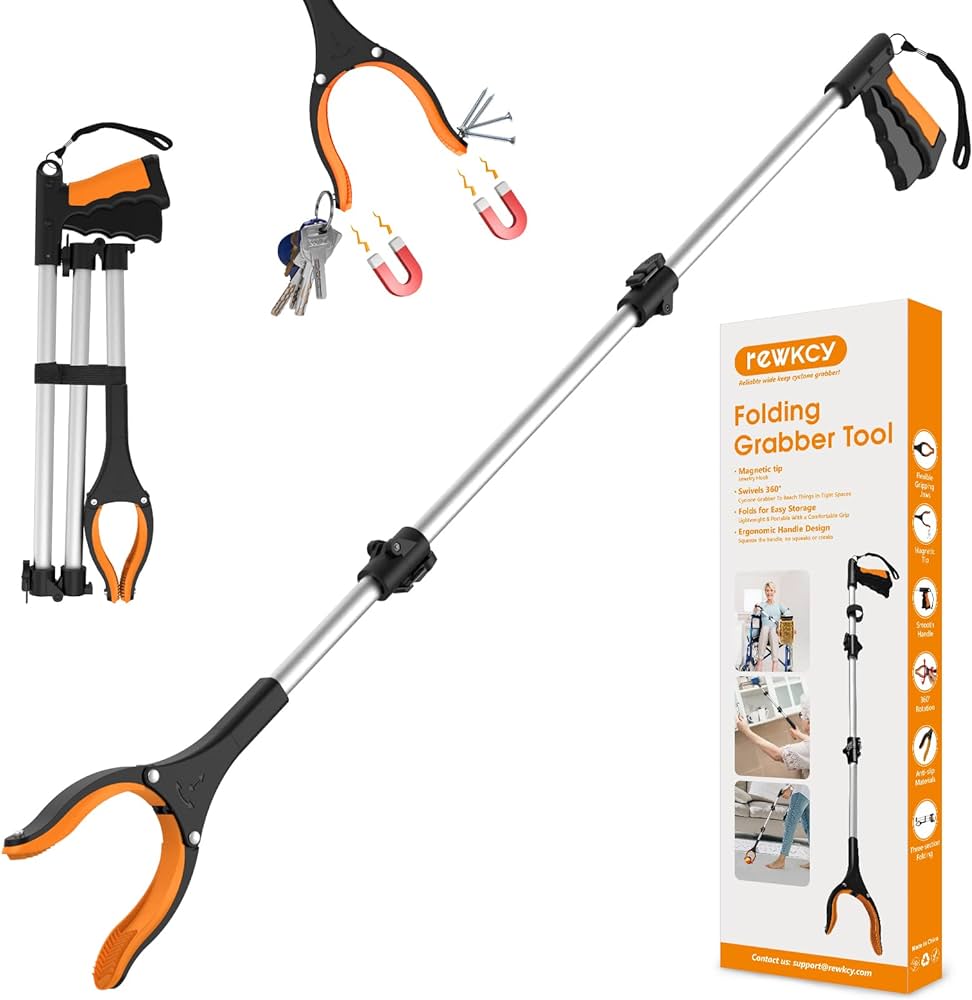
Environmental Impact of Hand Grabber Tools
The environmental impact of hand grabber tools deserves consideration. Many grabbers use durable materials, reducing the need for frequent replacements. Some manufacturers now offer recycling programs for old or broken grabbers. The use of grabbers in litter collection contributes to environmental clean-up efforts. In industrial settings, grabbers can reduce waste by retrieving otherwise unreachable materials. However, the production and disposal of plastic components raise environmental concerns. Some companies are exploring biodegradable materials for certain grabber parts. Energy-efficient manufacturing processes are being adopted to reduce the carbon footprint. Consumers can contribute by choosing durable, long-lasting grabber tools. Proper maintenance extends the life of grabbers, reducing overall environmental impact. As awareness grows, more eco-friendly grabber options are likely to emerge.
Hand Grabber Tools for Individuals with Disabilities
Hand grabber tools significantly enhance independence for individuals with disabilities. These devices enable people with limited mobility to perform daily tasks autonomously. Grabbers help those with back problems or limited bending ability. Individuals with arthritis or weak grip strength benefit from lever-action grabbers. Some models feature ergonomic designs specifically for users with limited hand function. Occupational therapists often recommend grabbers as part of rehabilitation programs. Specialized grabbers exist for individuals with specific disabilities or needs. These tools can greatly improve quality of life and reduce dependence on caregivers. Ongoing innovations aim to make grabbers even more accessible and effective. The impact of these tools on personal independence cannot be overstated. Many users report increased confidence and self-reliance with the use of grabber tools.
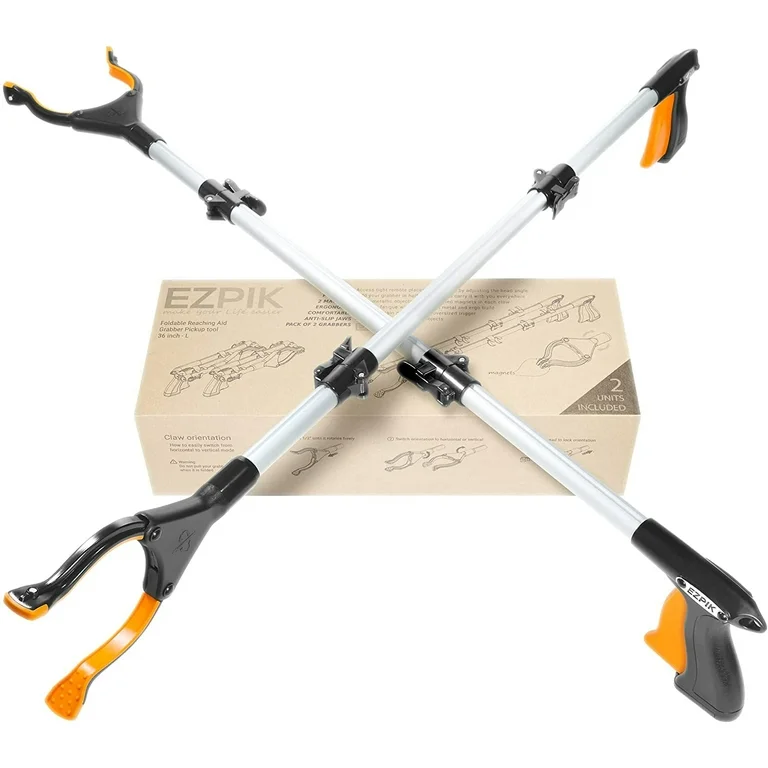
Hand Grabber Tools in Popular Culture
Hand grabber tools have made appearances in various forms of popular culture. They often feature in comedy sketches, highlighting their sometimes comical nature. Spy movies sometimes depict high-tech versions of grabber tools. Children’s television shows use grabbers to teach problem-solving skills. Some video games incorporate grabber-like tools as gameplay mechanics. Social media challenges have featured creative uses of grabber tools. These cultural references often increase awareness and popularity of grabber tools. They sometimes inspire new, creative applications for these devices. Popular depictions can influence public perception and adoption of grabber tools. While often exaggerated, these portrayals highlight the tool’s versatility and usefulness. The presence of grabbers in popular culture reflects their integration into everyday life.
Economic Impact of Hand Grabber Tool Industry
The hand grabber tool industry contributes significantly to the economy. Manufacturing of these tools provides jobs across various sectors. The market for grabbers continues to grow, driven by aging populations and industrial needs. Innovation in grabber technology stimulates research and development investments. Retail sales of grabbers contribute to the consumer goods market. In professional settings, grabbers enhance productivity, indirectly boosting economic output. The industry supports a supply chain including raw material suppliers and distributors. Export of high-quality grabber tools contributes to international trade. As demand grows, new market opportunities emerge for specialized grabber tools. The economic impact extends to reduced healthcare costs through injury prevention. Understanding the economic significance underscores the importance of this often-overlooked industry.

